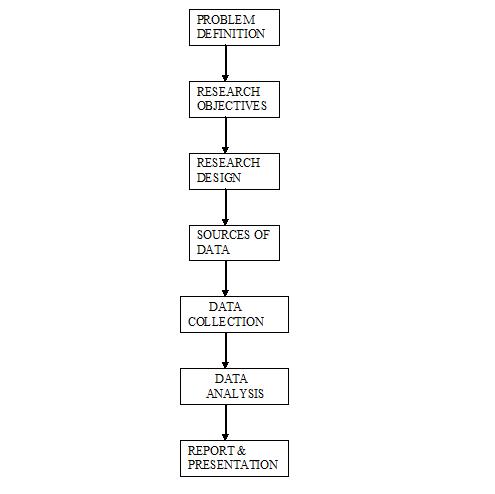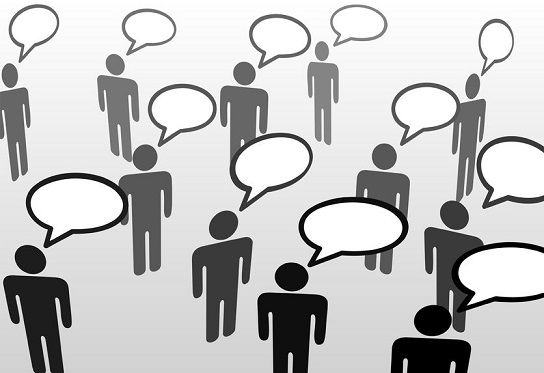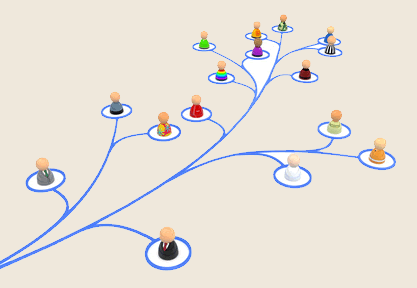Definition of Marketing Research Marketing research is a key to the evolution of successful marketing strategies and programmes. It is an important tool to study buyer behavior, changes in consumer lifestyles and consumption patterns, brand loyalty and forecast market changes. Research is also used to study competition and analyze the competitor product’s positioning and how to gain competitive advantage. Recently, marketing research is being used to help create and enhance brand equity. According to Philip Kotler, Marketing research is systematic problem analysis, model building and fact finding for the purposes of important decision making and control in the marketing of goods and services. The important decision making related to market strategy and other tasks related to marketing depends on findings or marketing research. Marketing research process reduces the chances of errors, miss conceptions and uncertainty from decision making process. It is therefore very important to conduct marketing research to identify Continue reading
Abey Francis
Causes and Prevention of Miscommunication in Business
Communication occurs at various stages (even for one particular action), in numerous ways, and for most beings, as well as certain machines. Some, if not all fields of study, commit a part of attention to communication. So when speaking about communication, it is very crucial to be sure about what features of communication one is speaking about. Definitions of communication extend widely, some recognizing that animals can communicate with each other as well as individuals, and some are narrower, only including individuals within the limits of human symbolic interaction. Miscommunication is one particular case of a lack of alignment of individual’s mental state, specifically one in which they diverge on the occurrence or results of communication. Communication is action, and thus miscommunication can be viewed as demands of action failure (when the spokesperson fails to generate the aimed result), misperception (when the audiences cannot distinguish what the spokesman intended to Continue reading
How to Manage Grapevine Communication in an Organization?
Grapevine communication is an informal channel of business communication. It is called so because it stretches throughout the organization in all directions irrespective of the authority levels. Despite existence of formal channels in an organization, the informal channels tend to develop when he interacts with other people in organization. It exists more at lower levels of organization. Grapevine generally develops due to various reasons. One of them is that when an organization is facing recession, the employees sense uncertainty. Also, at times employees do not have self-confidence due to which they form unions. Sometimes the managers show preferential treatment and favor some employees giving a segregated feeling to other employees. Thus, when employees sense a need to exchange their views, they go for grapevine network as they cannot use the formal channel of communication in that case. Generally during breaks in cafeteria, the subordinates talk about their superior’s attitude and Continue reading
Grapevine Communication
Meaning of Grapevine Communication Grapevine is an informal communication network, which ignores formal channels of communication and spreads rumors and gossips at all levels of the business organization. Although every business-organization has its formal channels of communication, the informal channel of communication called grapevine also operates in it. It can be easily found that a large portion of the communication in almost every business house is not formal or pre-planned. The employees communicate through informal channels as they do their jobs. It is neither pre-planned nor deliberately motivated by the management. It is neither written nor documented or recorded. Therefore, it refers to any communication that takes place outside the prescribed and pre-planned channels of formal business communication. It is not set with the lines of organizational hierarchy. As it has no set rules and regulations, it is not confined to a particular direction. It just spreads like a grapevine. Continue reading
Tools for Effective Communication
The important tools for effective communication are reflective listening, identifying nonverbal cues, and responding with understanding and using effective problem solving techniques. Thus, these techniques of communication are useful to increase your personal effectiveness at home, at work, in the community, in relationships, and with yourself. Opening up yourself to your feelings and the feelings of others requires practice. All forms of life upon the planet Earth were granted one great and wondrous gift: the gift of communication. Instead of being forced to exist in solitude, this gift allows interaction, a sharing of feelings. Humans are especially fortunate because they have developed many ways to use their gift. These include music, dance, art, theater, literature, gestures, the written word, and word of mouth. The creation of different ways to communicate does not mean we can sit back and take our gift for granted. When we were infants, all we needed Continue reading
Non-Verbal Communication – Meaning and Types
Non-verbal communication or most commonly known as body language is the unspoken language of the body which is shown through our bodies to show our true intentions and hints of our feelings to the people whom we are conversing with. When we are conversing with others verbally our bodies simultaneously give out and receive signals which are transmitted by our bodies. This signal’s consists of the gestures we make, how we sit, the intonation and speed of how we talk, the distance we stand when talking and the amount of eye-contact we make while conversing. All this transmits vital non-verbal messages of oneself to another. These non-verbal messages still get across to the people around even when we are silent. The verbal message and body language very frequently contradicts which leaves the listener to choose which one to believe. Usually they will choose the body language. This is the reason Continue reading




